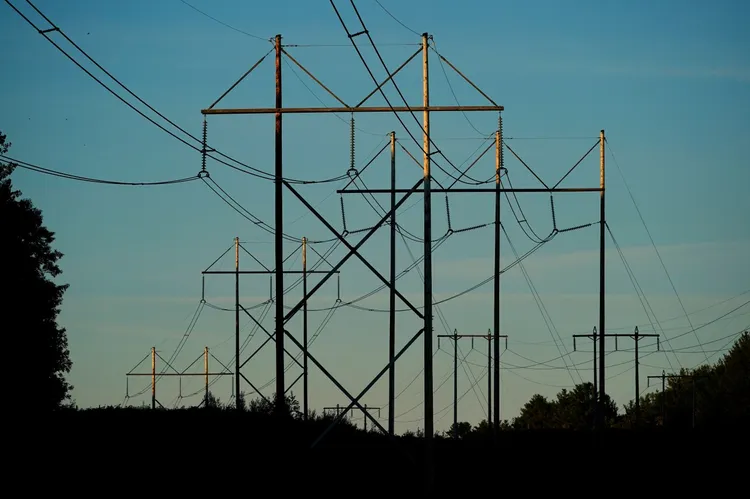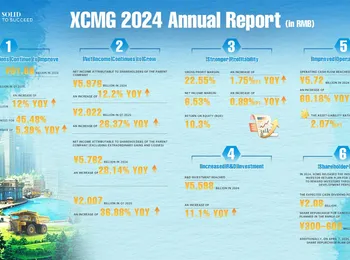Connecticut residents could see savings on their electric bills thanks to a planned vote by the State Bond Commission next week. Governor Ned Lamont has scheduled a vote to approve $155 million in borrowing, designed to deliver temporary electric-rate relief authorized last month by the General Assembly. Early estimates suggest most consumers could experience savings between $4 and $10 per month on their bills, beginning in September. This borrowing is a key component of Senate Bill 4, a comprehensive energy legislation championed with overwhelming bipartisan support. The bill’s primary goal is to offset the public benefits charge – a levy on ratepayers that funds crucial programs. These programs provide financial assistance for low-income customers, encourage energy efficiency and renewable energy initiatives, and contribute to maintaining a stable rate for Connecticut’s carbon-free power generated at the Millstone nuclear plant. The cost of electricity is largely determined by a competitive market dominated by natural gas-fired plants, which currently represent a cheaper alternative to nuclear energy. Governor Lamont emphasized that this borrowing represents only one step in the broader effort to make energy rates more affordable, acknowledging the complex factors driving electricity costs. Connecticut and other northeastern states, situated at the end of natural gas pipelines, consistently face the highest electric rates in the continental U.S. Since the deregulation of power generation, state regulators and the two major utilities – Eversource and United Illuminating – have had limited control over rates. Regulators primarily manage the portion of the bill covering the distribution of electricity, including the costs of maintaining and modernizing the infrastructure. This infrastructure is owned by Eversource and United Illuminating. The high cost of electricity, coupled with the reliability of its generation and delivery, the adequacy of supply, and ongoing oversight by state regulators, have been central to legislative and administrative efforts for reform since 2020.
The savings being realized are also influenced by reductions in supply rates – 13% for Eversource and 14% for United Illuminating, effective July 1st, alongside rate adjustments approved in May by the Public Utilities Regulatory Authority. These adjustments directly cut the public benefits charge. Of the $155 million in bonding, $125 million will be allocated to programs supporting low-income customers, while $30 million will contribute to reducing the costs associated with the electric vehicle charging program. Furthermore, a further round of state borrowing slated for 2026 is expected to sustain these savings through at least the first several months of 2027. Initially, Republicans advocated for a significantly more expansive energy package costing approximately $1 billion annually to completely eliminate the public benefits charge. However, the passage of SB 4 was nearly unanimous: 144-3 in the House and 34-1 in the Senate. Despite this bipartisan support, Senate Republicans remain committed to the goal of fully eliminating the public benefits charge from electric bills, stating that merely reducing the ‘hidden tax’ is insufficient. Governor Lamont expressed encouragement for continued collaborative efforts, stating, ‘I am encouraged that we can continue this cooperative effort and develop policies that will produce additional savings for consumers.’ This initiative follows ongoing efforts to address the high cost of electricity and promote energy efficiency and renewable energy sources within the state. The long-term success of these efforts hinges on sustained investment and continued collaboration between state government, utilities, and consumers. The current situation highlights the complexities of managing energy costs and underscores the importance of exploring innovative solutions to ensure affordable and reliable electricity for all Connecticut residents. The future of energy policy in Connecticut will undoubtedly be shaped by these ongoing discussions and the pursuit of sustainable and cost-effective energy solutions.
This situation represents a critical juncture in Connecticut’s energy landscape, demanding a proactive and collaborative approach to address the evolving needs of its citizens and the state’s economy.
























